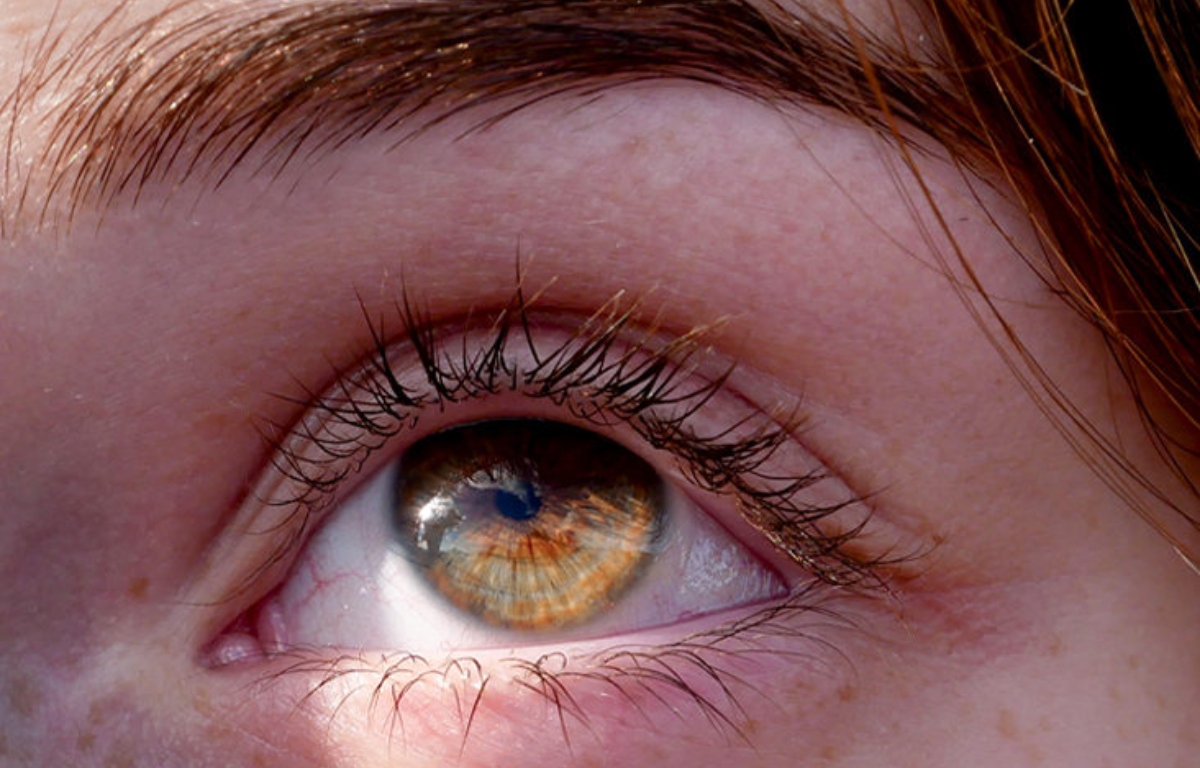One of the most common problems is astigmatism, which is called astigmatism. This means that the vision is blurred or unclear, regardless of the distance between the eye and the other visible object. Some people suffer from this problem at any age. However, those who suffer from long or short-sightedness are the most affected by this problem. It is treated using more than one method, the most important of which is medical glasses.
Causes of distraction disease or astigmatism?
The answer to this question is easy and simple. Where the lens behind the cornea is not rotated but is oval. This disperses the light entering the eye and is not focused correctly on the retina, and thus the image becomes scattered.
What are the main symptoms of distracted vision?
- Blurred and blurred vision if the patient focuses on a distant object.
- As well as the blurring of the patient’s vision when concentrating at a close distance if he was reading or sewing.
- One of the complications of astigmatism is headache.
- Also, fatigue.
- And sometimes it comes as a complication that the patient has amblyopia.
The treatment of distracted vision, or what is known as astigmatism
The treatment lies in the use of eyeglasses. Or use contact lenses. A surgical option is the use of LASIK surgery. In fact, the method of treatment varies with the difference in the age group. If the age is more than forty years, it is possible to use multifocal lenses or use bifocal lenses.
What contact lenses are suitable for dispersion or astigmatism?
These lenses can be prescribed to patients over the age of forty, as mentioned. These lenses are manufactured so that the lower part of them is thicker so that it does not rotate when the patient wears them. This distinctive design helps it treat blurred vision and even gives good and sharp eyesight by using it. Therefore, you should contact the Royal Spanish Eye Center Royal Spanish.

